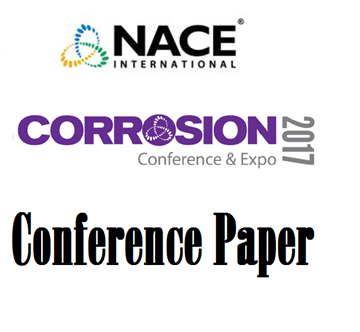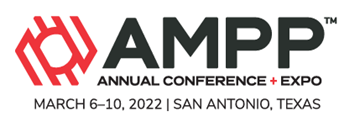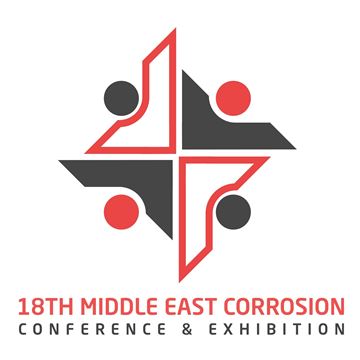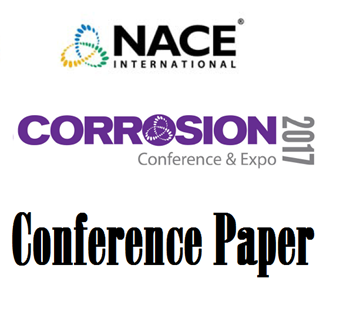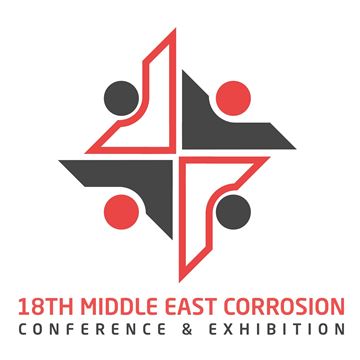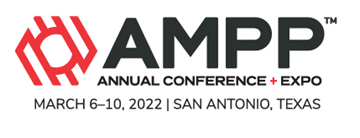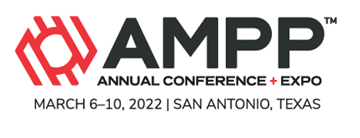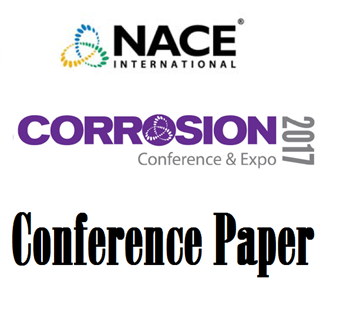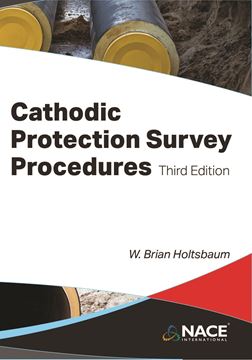Search
Products tagged with 'cathodic protection'
View as
Sort by
Display
per page
Cathodic Protection and MIC - Effects of local electrochemistry
Product Number:
51317--9452-SG
ISBN:
9452 2017 CP
Publication Date:
2017
$20.00
Cathodic Protection -Based Solutions For Corrosion Prevention Of “Green Aluminum” Alloys
Product Number:
51322-17823-SG
Publication Date:
2022
$20.00
Cathodic Protection Challenges in a Saudi Aramco Remote Pipelines Corridor
Product Number:
MECC23-19915-SG
Publication Date:
2023
$20.00
Cathodic Protection Coupon Use for Buried Piping in Plant (i.e. Complex) Facilities
Product Number:
51317--8824-SG
ISBN:
8824 2017 CP
Publication Date:
2017
$20.00
Cathodic Protection Design and Commissioning for Sheet Piles Using SACP Aluminum Anodes
Product Number:
MECC23-19890-SG
Publication Date:
2023
$20.00
Cathodic Protection Implications of Solar Facilities on Adjacent Pipeline Infrastructure
Product Number:
51323-19090-SG
Publication Date:
2023
$20.00
Cathodic Protection Monitoring In Water And Wastewater Systems
Product Number:
51322-17655-SG
Publication Date:
2022
$20.00
Cathodic Protection Of Mooring Chain In Offshore Environment
Product Number:
51322-17722-SG
Publication Date:
2022
$20.00
Cathodic Protection On An Iconic Building Of The Modern Movement Architecture
Product Number:
51321-16599-SG
Publication Date:
2021
$20.00
Cathodic Protection on Steel Reinforced Concrete Marine Structures
Product Number:
51317--9219-SG
ISBN:
9219 2017 CP
Publication Date:
2017
$20.00
Cathodic protection shielding and prevention of the corrosion under disbonded coating in soils
Product Number:
51323-19248-SG
Publication Date:
2023
$20.00
Cathodic Protection Survey Procedures, 3rd Edition
Product Number:
37614-pdf
ISBN:
978-1-57590-454-2
Publication Date:
3rd
$137.00

